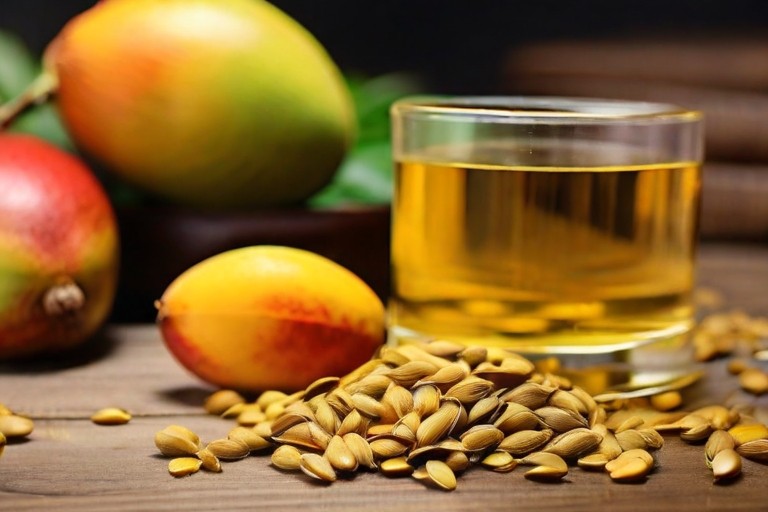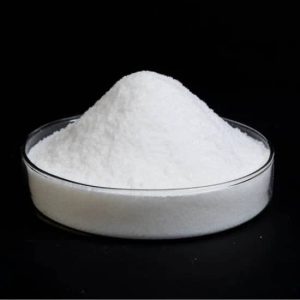8 Key Factors for Setting up a Dimethylamine Manufacturing Plant

Strong 8k brings an ultra-HD IPTV experience to your living room and your pocket.
Dimethylamine (DMA) is a colorless, flammable gas with a strong ammonia-like odor, widely utilized across various industrial sectors due to its unique chemical properties. This organic compound consists of a nitrogen atom bonded to two methyl groups, giving it exceptional reactivity and versatility. Dimethylamine plays a pivotal role as an intermediate in the synthesis of several chemical products, including pharmaceuticals, pesticides, rubber, and solvents. Its applications extend to manufacturing chemicals like dimethylformamide, dimethylacetamide, and ion-exchange resins, making it an indispensable compound in industrial production. Furthermore, DMA is valued in processes like gas treatment, water purification, and the production of personal care items, underscoring its significance in modern industries.
The global dimethylamine market is witnessing substantial growth, primarily driven by the increasing demand for agrochemicals to support agricultural productivity. As a critical component in the formulation of herbicides, pesticides, and plant growth regulators, dimethylamine is essential to meeting the rising food demand of the growing global population.
IMARC’s new report titled “Dimethylamine Manufacturing Plant Project Report 2024: Industry Trends, Plant Setup, Machinery, Raw Materials, Investment Opportunities, Cost and Revenue, provides a comprehensive roadmap for setting up a dimethylamine manufacturing plant. The study encompasses all the essential information needed to enter the dimethylamine industry. It is a valuable resource for entrepreneurs, investors, researchers, consultants, business strategists, and anyone with an interest or stake in the dimethylamine sector.
Key factors for setting up a dimethylamine manufacturing plant:
- Market Research
The expanding pharmaceutical industry is leveraging DMA in the making of active pharmaceutical ingredients (APIs) and intermediates, further boosting market growth. The chemical's utility in water treatment applications, including wastewater management and desalination, also contributes significantly to its demand. Moreover, the escalating need for adhesives and rubber in construction and automotive industries continues to bolster the global dimethylamine market. Technological advancements and sustainable practices are shaping the future trajectory of the dimethylamine market. The transition toward eco-friendly agrochemical formulations, driven by stringent environmental regulations, is fostering innovations in DMA-based solutions. In parallel, its growing adoption in the cosmetics and personal care sectors for the production of conditioners, moisturizers, and surfactants highlights its versatility. Another emerging trend is the integration of DMA in energy applications, particularly in biofuel production and carbon capture technologies, which aligns with global sustainability goals. The report offers an exhaustive overview of the global dimethylamine industry, including a detailed breakdown by segments and regions within the sector. It also includes in-depth analyses of prices involved, production processes and the industry's profit margins.
- Market Trends
- Market Breakup by Segment
- Market Breakup by Region
- Price Analysis
- Impact of COVID-19
- Market Forecast
Request for a Sample Report: https://www.imarcgroup.com/dimethylamine-manufacturing-plant-project-report/requestsample
- Planning and Designing
A detailed and up-to-date business plan is indispensable for mapping out the steps to establish and operate a dimethylamine manufacturing facility. This report offers in-depth details about the process flow and the various unit operations involved in a dimethylamine production plant.
- Product Overview
- Unit Operations Involved
- Mass Balance and Raw Material Requirements
- Quality Assurance Criteria
- Technical Tests
- Legal and Regulatory Compliance
Understanding and complying with the intricate framework of business laws and regulations is a vital aspect of establishing a dimethylamine manufacturing facility. This requires a detailed knowledge of legal obligations, such as labor laws, environmental standards, tax policies, and industry-specific regulations.
- Plant Requirements and Costs
The report offers a detailed location analysis, including insights into land selection, key criteria, location importance, environmental considerations, and associated costs for establishing a dimethylamine manufacturing facility. It also provides information on plant layout and the factors that impact its design.
- Land, Location and Site Development
- Plant Layout
- Machinery Requirements and Costs
- Raw Material Requirements and Costs
- Packaging Requirements and Costs
- Transportation Requirements and Costs
- Utility Requirements and Costs
- Human Resource Requirements and Costs
Browse the Full Report with the Table of Contents: https://www.imarcgroup.com/dimethylamine-manufacturing-plant-project-report
- Hiring and Training
Effective workforce planning and recruitment strategies are critical for assembling a skilled and efficient team to manage a dimethylamine manufacturing plant. This process includes identifying the specific skills and qualifications needed for different roles and anticipating future staffing requirements based on production goals and business expansion.
- Complying with Labor Laws and Regulations
- Implementing Training Programs for Employees
- Developing Health and Safety Protocols
- Supply Chain Management
Building strong partnerships with suppliers and vendors is crucial to maintaining a dependable and cost-efficient supply chain. This requires choosing partners who can reliably deliver high-quality raw materials and components at competitive rates.
- Implementing Efficient Inventory Management Systems
- Planning Logistics and Transportation Networks
- Project Economics
This entails a thorough analysis of the costs associated with a dimethylamine manufacturing plant, covering capital expenditure (CapEx), operating expenditure (OpEx), income forecasts, taxation, depreciation, liquidity, profitability, payback period, net present value (NPV), uncertainty, sensitivity assessments, etc. In addition to this, it includes an in-depth review of financial assistance options and a comprehensive list of certifications necessary for establishing the plant.
- Capital Investments
- Operating Costs
- Expenditure Projections
- Revenue Projections
- Taxation and Depreciation
- Profit Projections
- Financial Analysis
- Marketing and Distribution Strategies:
Creating a robust marketing strategy and establishing strong brand positioning are vital for building a manufacturing plant's market presence. This process includes conducting thorough market research to identify customer needs, preferences, and competitive trends.
- Identifying Distribution Channels and Sales Networks
- Leveraging Digital Marketing and E-Commerce Platforms
- Participating in Trade Shows and Industry Events
About Us: IMARC Group is a global management consulting firm that helps the world’s most ambitious changemakers to create a lasting impact. The company excel in understanding its client’s business priorities and delivering tailored solutions that drive meaningful outcomes. We provide a comprehensive suite of market entry and expansion services. Our offerings include thorough market assessment, feasibility studies, company incorporation assistance, factory setup support, regulatory approvals and licensing navigation, branding, marketing and sales strategies, competitive landscape, and benchmarking analyses, pricing and cost research, and procurement research.
Contact Us:
IMARC Group
134 N 4th St. Brooklyn, NY 11249, USA
Email: [email protected]
Tel No:(D) +91 120 433 0800
United States: +1-631-791-1145
Note: IndiBlogHub features both user-submitted and editorial content. We do not verify third-party contributions. Read our Disclaimer and Privacy Policyfor details.







